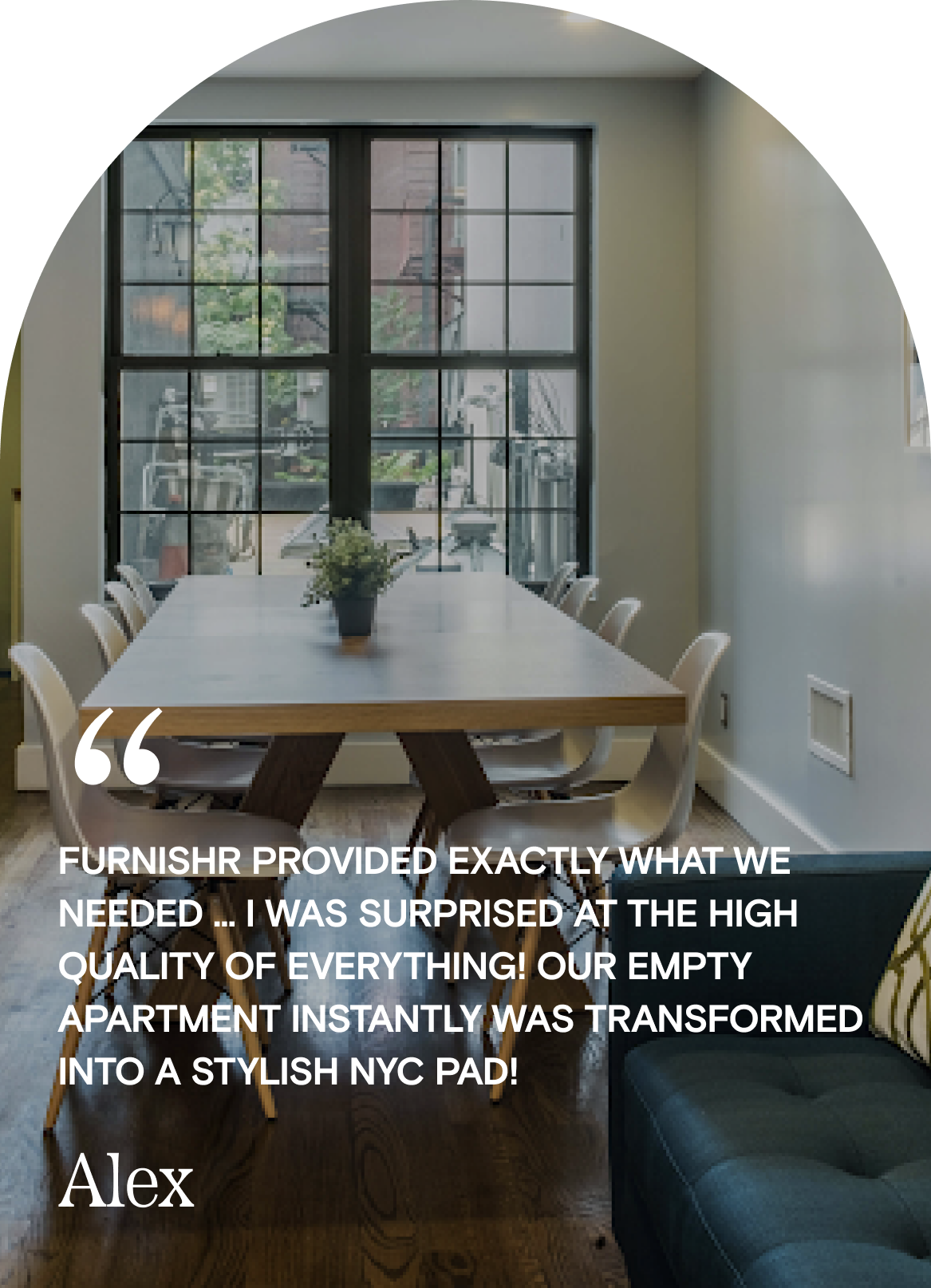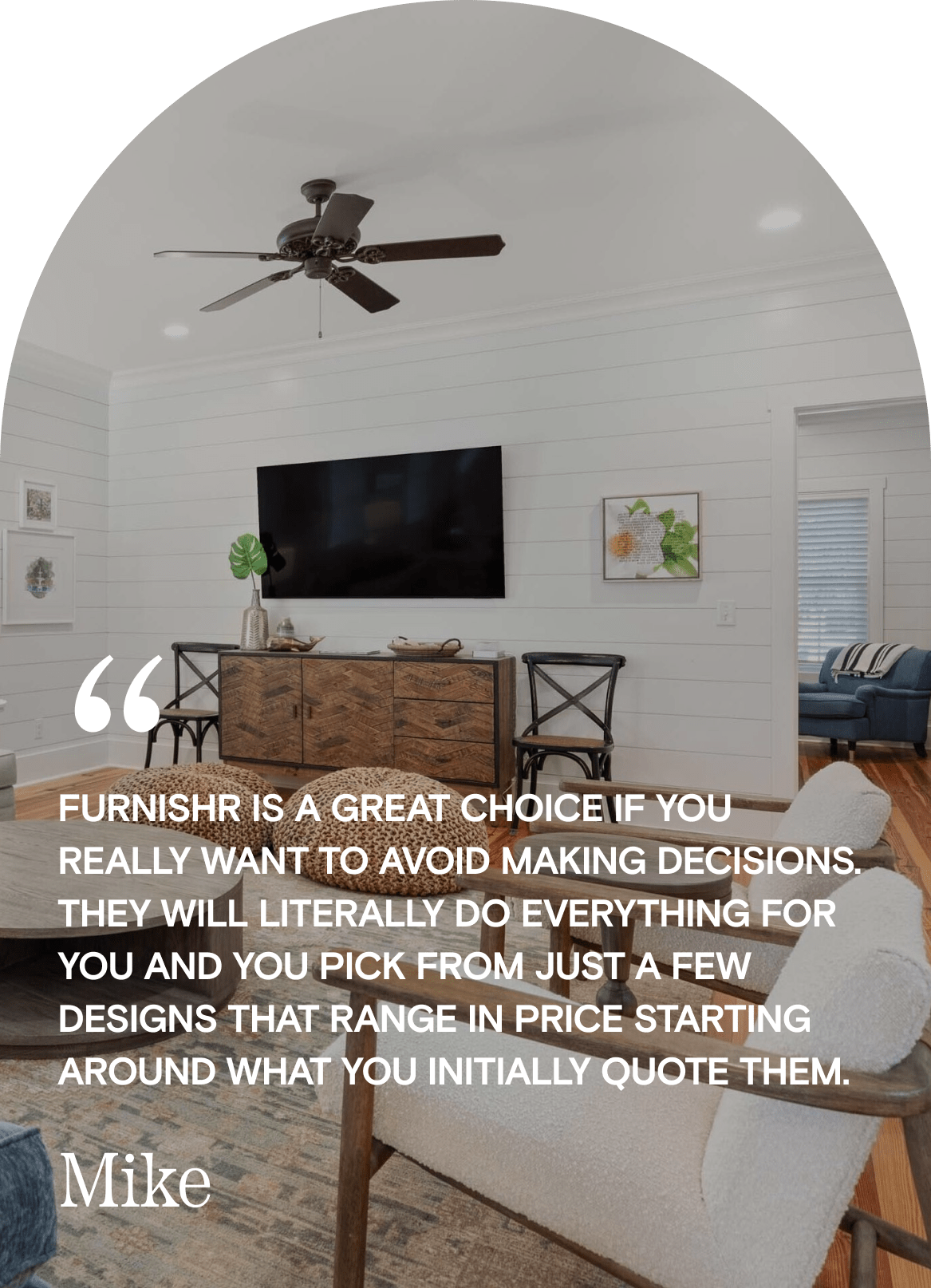
- Karen Lau
Furnishing a home is an exciting journey, yet it requires careful planning to stay within budget. Understanding how to allocate your furniture budget effectively ensures each piece you choose brings value, functionality, and style to your space without causing financial strain. This guide walks you through budgeting strategies, tips on deciding where to splurge and where to save, and example budgets for different home sizes, making the furniture-buying process easier and more intentional.
Struggling to create a furniture budget that balances style and practicality?
Table of Contents

Setting a Realistic Budget Based on Your Needs
The first step in budgeting for furniture is identifying the rooms you need to furnish and prioritizing essential items. Are you furnishing a new space entirely, or are you updating select pieces? A well-defined list of needs can help you allocate your budget accordingly. Typically, rooms like the living room, primary bedroom, and dining area require larger investments, as these spaces often have high-use items like sofas, beds, and dining tables. Secondary spaces like entryways or guest rooms may need fewer or smaller furniture pieces, making it easier to allocate a lower portion of the budget to them.
Example: In a one-bedroom apartment, you might allocate the largest portion of your budget to the living and primary bedroom, opting for multifunctional pieces that maximize small spaces. In a two- or three-bedroom house, you can extend the budget across more rooms, with additional funds directed toward shared spaces like the dining and living rooms.

Key Factors Influencing Furniture Costs
Furniture prices vary significantly based on material, craftsmanship, brand, and design complexity. Understanding these factors will help you make informed purchasing decisions. For example, materials like solid wood, leather, and high-quality upholstery are typically more expensive but tend to last longer and maintain their appearance over time. If your budget is tighter, consider alternatives like engineered wood or faux leather, which offer a similar look at a lower cost.
Craftsmanship also impacts cost, with handcrafted or custom-made furniture often coming with a premium due to skilled labor and unique detailing. Mass-produced items, while generally more affordable, may lack the same longevity or uniqueness. Additionally, brand reputation can influence price, so if you’re looking for designer pieces, expect a higher price tag. Recognizing these factors helps you decide where it’s worth investing more and where you can save.

Quality vs. Cost: Where to Splurge and Where to Save
It may be tempting to save on every item, but there are certain pieces where investing in quality can make a big difference, particularly high-use items like sofas, beds, and dining tables. High-quality furniture in these categories provides durability, comfort, and timeless style, justifying the investment. In contrast, items like accent chairs, end tables, and decorative items can be more budget-friendly, as these are easier to replace and often used to keep a space current with trends.
Example: Splurging on a quality sofa ensures it withstands everyday use, while a budget-friendly side table or artwork can add flair without a hefty investment. This mix allows you to create a well-rounded and visually appealing space without compromising on essential items.
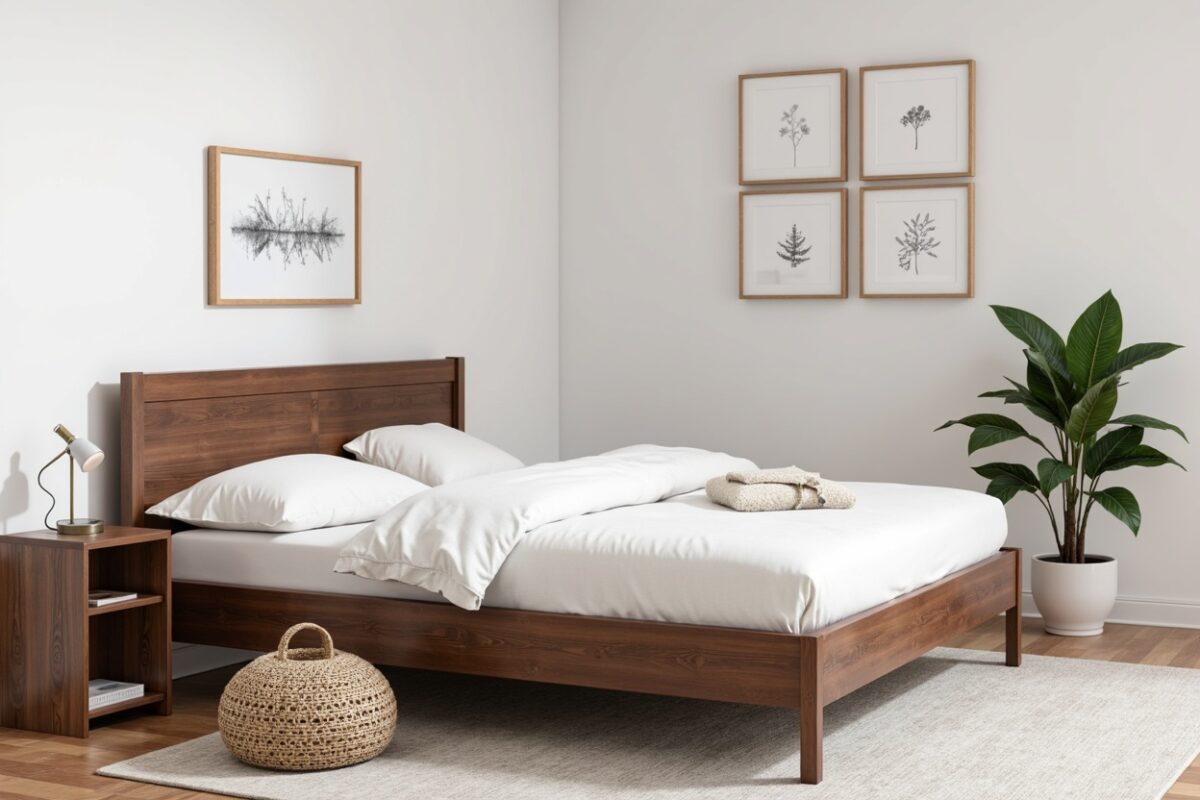
Consider the Lifespan of Your Furniture
It’s helpful to think about how long you plan to keep each piece of furniture when planning your budget. For items you expect to last a decade or more, such as a bed frame or a dining table, investing in quality materials and craftsmanship can pay off. Classic designs in durable materials provide longevity and often blend with evolving home decor. For trend-based or temporary items, budget-friendly options may be a better fit, as they allow you to stay current without a significant financial commitment.
Example: A quality, timeless bed frame and mattress are solid investments, whereas a trendy accent chair or bar cart can be chosen on a smaller budget, giving you flexibility to refresh your decor over time.

Accounting for Additional Costs
When choosing a dining table and chairs set, make sure the chairs are a good fit in terms of height and comfort. Uniformity in style can create a cohesive look, but don’t hesitate to mix and match if you’re after a personalized design. A unique combination of dining chairs and tables can add interest and character to your dining area.
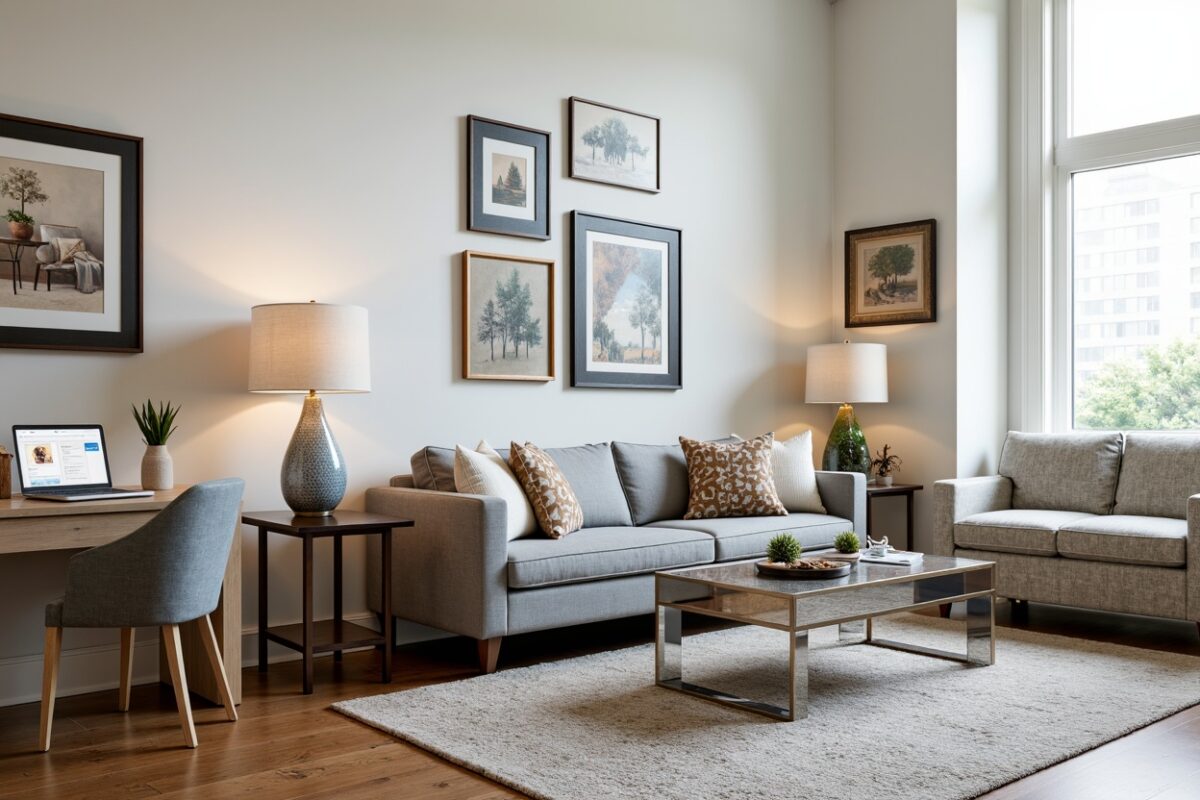
Smart Shopping Strategies to Maximize Your Budget
To make your furniture budget go further, there are several smart shopping strategies you can use. Look for seasonal sales or clearance events, especially around major holidays or end-of-season sales, when retailers often offer significant discounts. Shopping for secondhand furniture at thrift stores, consignment shops, or online marketplaces is also an effective way to find quality pieces at a fraction of the price. Multi-functional furniture, such as storage ottomans, convertible sofas, or extendable tables, can add both value and functionality, allowing you to get more from each item.
Example: Instead of a standalone coffee table, consider a storage ottoman that serves as both a coffee table and additional seating, maximizing functionality in small spaces while staying within budget.

Think About Your Home’s Overall Style and Aesthetic
To avoid unnecessary spending, choose furniture that fits your personal style and complements the overall aesthetic of your home. When picking out pieces, think about how they’ll work with your existing decor and color scheme. This approach allows you to build a cohesive and stylish home without having to replace items frequently. Furniture that aligns with your vision is less likely to need updating, making it a sustainable investment for the long term.

Example Budgets for 1-3 Bedroom Apartments or Houses
Furniture needs vary depending on the size of the space, the quality desired, and whether you’re furnishing all at once or gradually. Here are some example budgets for different home sizes:
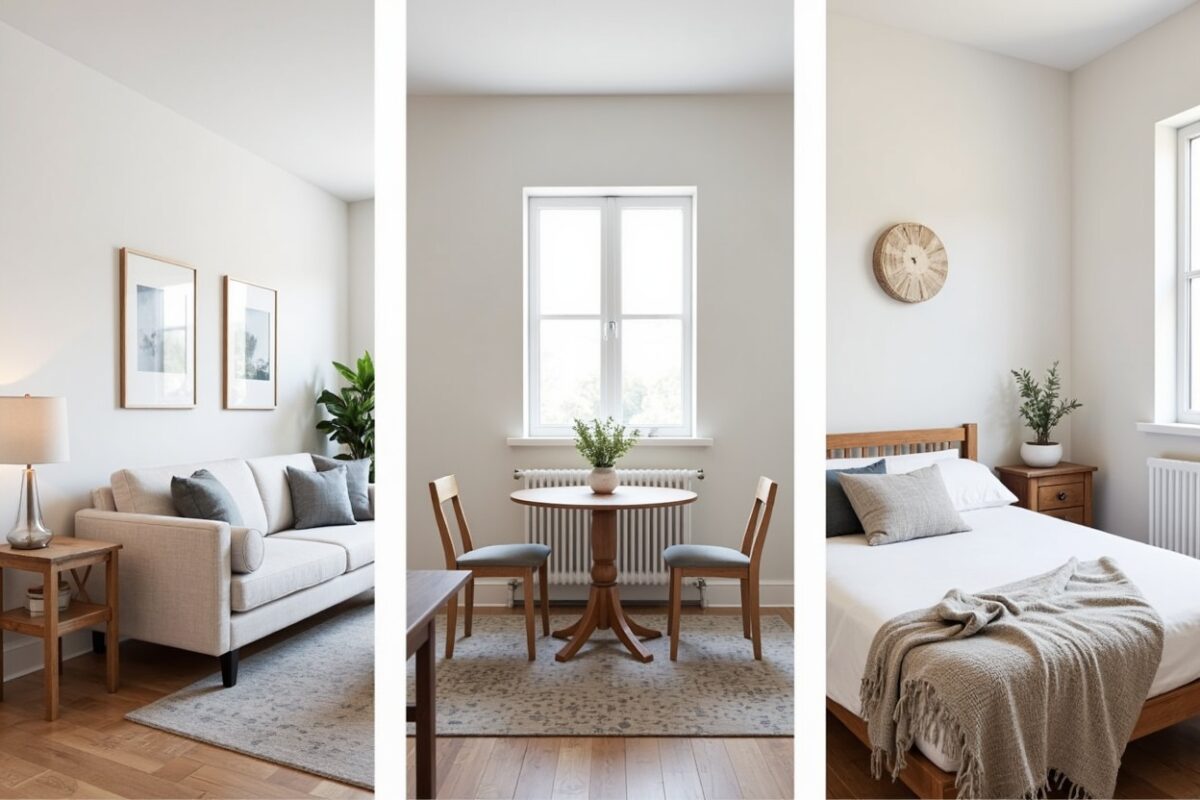
- 1-Bedroom Apartment or House Budget: $5,000 – $10,000
A one-bedroom apartment requires essentials like a sofa, coffee table, and a few side tables for the living room, a small dining setup, and a complete bedroom setup with a bed frame, mattress, nightstand, and dresser. Optional items could include a small desk or workstation, entryway table, and basic decor. Here’s a sample breakdown:
- Living Room: $2,000 – $4,000
- Dining Area: $500 – $1,000
- Bedroom: $1,500 – $3,000
- Extras: $500 – $1,000
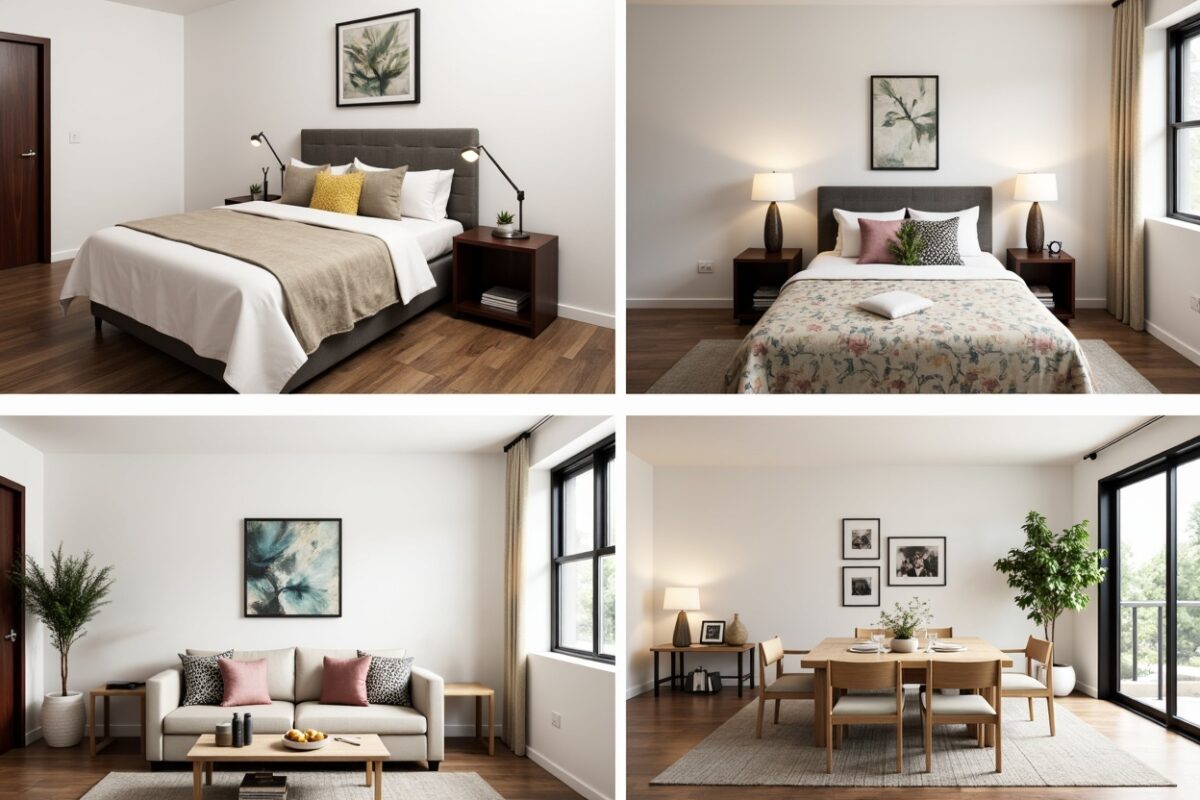
- 2-Bedroom Apartment or House Budget: $7,000 – $15,000
For a two-bedroom space, the budget extends to accommodate a larger sofa, coffee table, side tables, and TV stand in the living room, along with a slightly larger dining area and two bedrooms. Optional items might include office or guest room furniture, additional decor, or patio seating. Here’s a sample budget:
- Living Room: $2,000 – $4,000
- Dining Area: $500 – $1,000
- Bedroom: $1,500 – $3,000
- Extras: $500 – $1,000

- 3-Bedroom Apartment or House Budget: $10,000 – $25,000
In a three-bedroom home, the budget expands to cover the living room with a sofa, coffee table, additional seating, and a rug, as well as a full dining room setup with a dining table, chairs, and storage. Three bedrooms will need beds, storage, and potentially a home office or guest room arrangement. Here’s an example allocation:
- Living Room: $3,000 – $6,000
- Dining Room: $1,500 – $3,000
- Primary Bedroom: $2,000 – $4,500
- Second Bedroom: $1,500 – $2,500
- Third Bedroom: $1,000 – $2,500
- Extras: $2,000 – $4,500
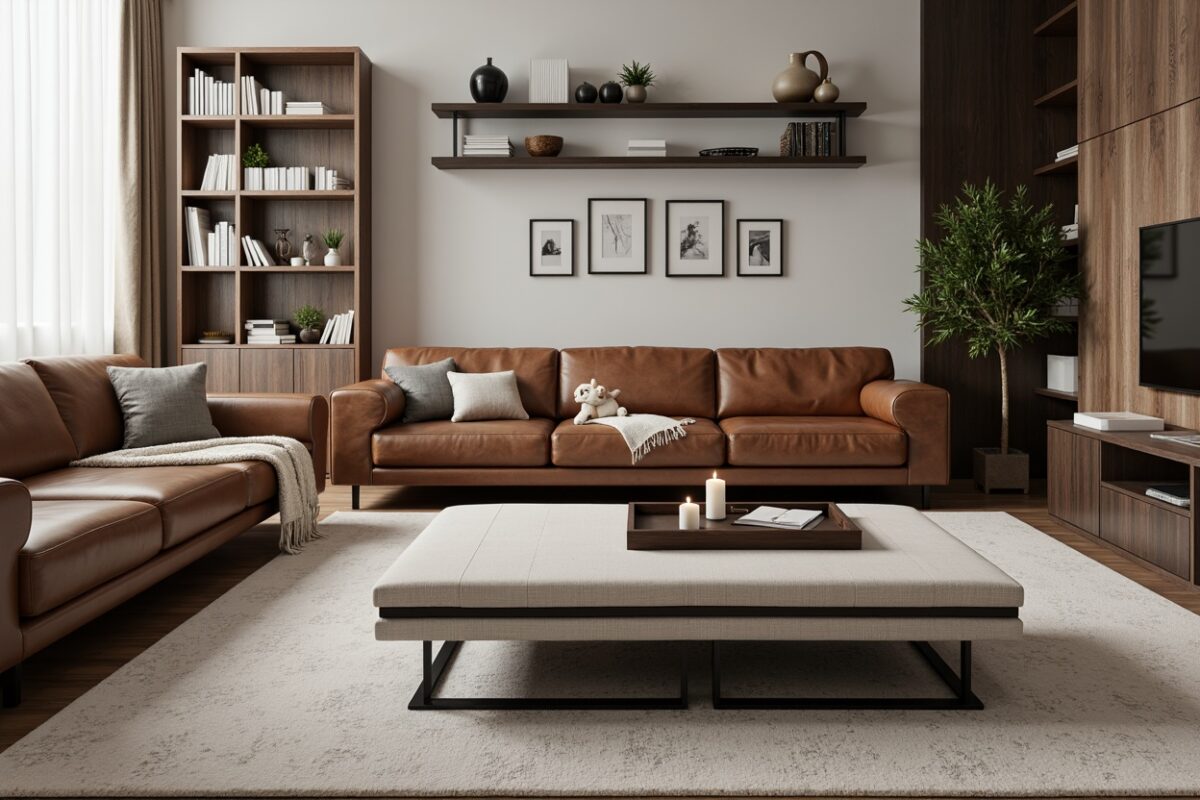
Final Tips for Budgeting by Apartment or House Size
Prioritize key rooms based on your needs. In a one-bedroom space, multifunctional pieces in the living and bedroom spaces are essential, while larger homes can allocate more to shared spaces like the living and dining rooms. Blending mid-range and budget-friendly pieces can help keep costs down without compromising on quality. Additionally, a mix of high-quality foundational pieces with budget-friendly decor or secondhand finds allows you to create a comfortable and stylish space that meets your needs and reflects your personality.

Making the Most of Your Furniture Budget
Understanding your furniture budget helps you make intentional, strategic choices that balance style, comfort, and durability. By prioritizing high-use items, considering the longevity of each piece, and taking advantage of smart shopping strategies, you can furnish your home beautifully without exceeding your budget. Following this guideline allows you to develop a balanced approach to furnishing any apartment or house size, creating a home that’s comfortable, stylish, and financially sustainable.
Ready to find your perfect dining table and chairs?
At Furnishr, we specialize in curated furniture sets tailored to fit your space and style seamlessly. Explore our collection to discover dining solutions that bring elegance and functionality to your home—all with hassle-free delivery and setup. Transform your dining space today with Furnishr!



